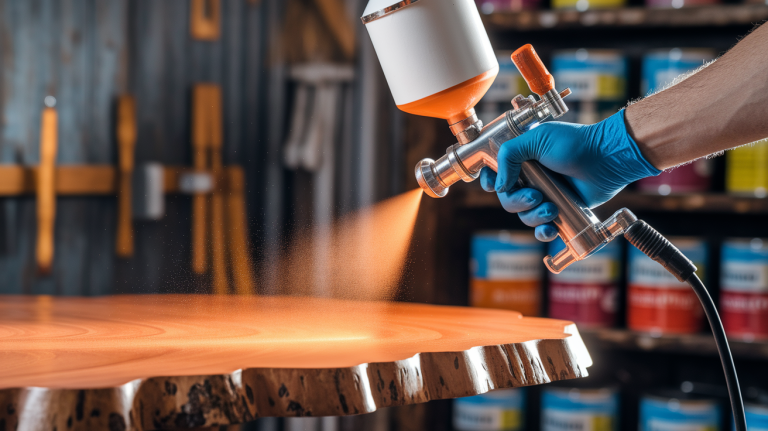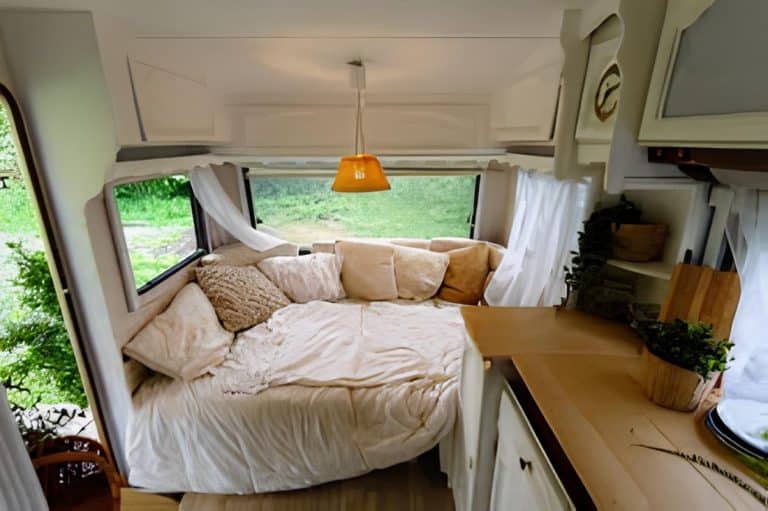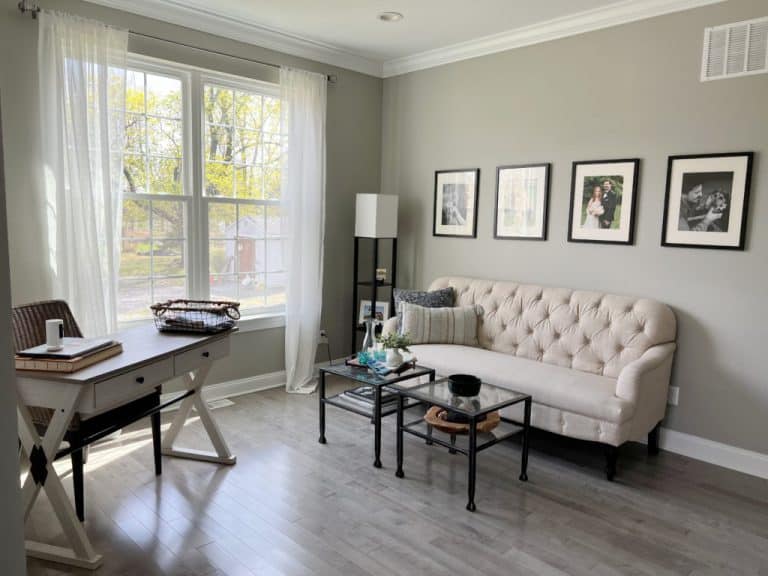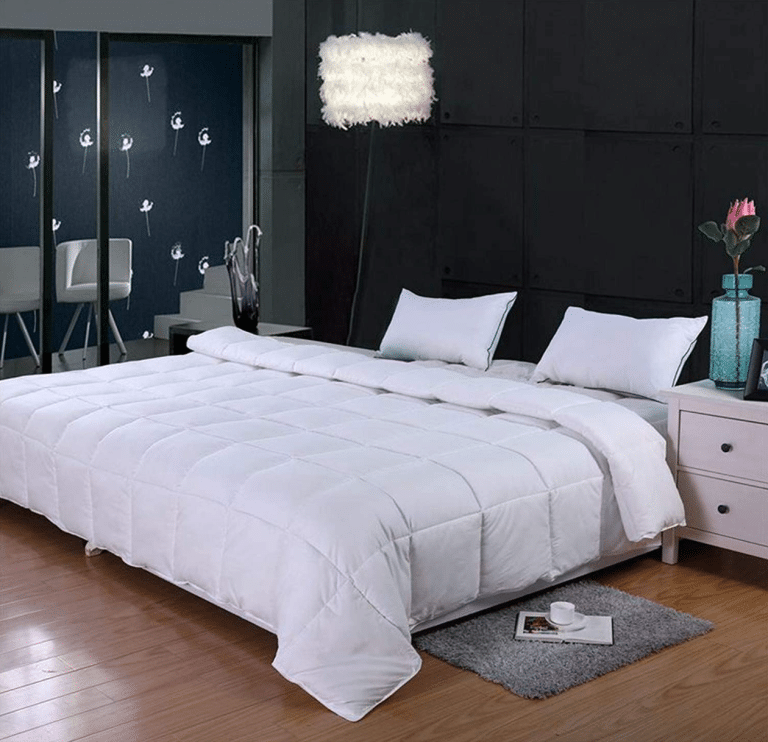5 AC and HVAC Air Conditioner Brands to Avoid
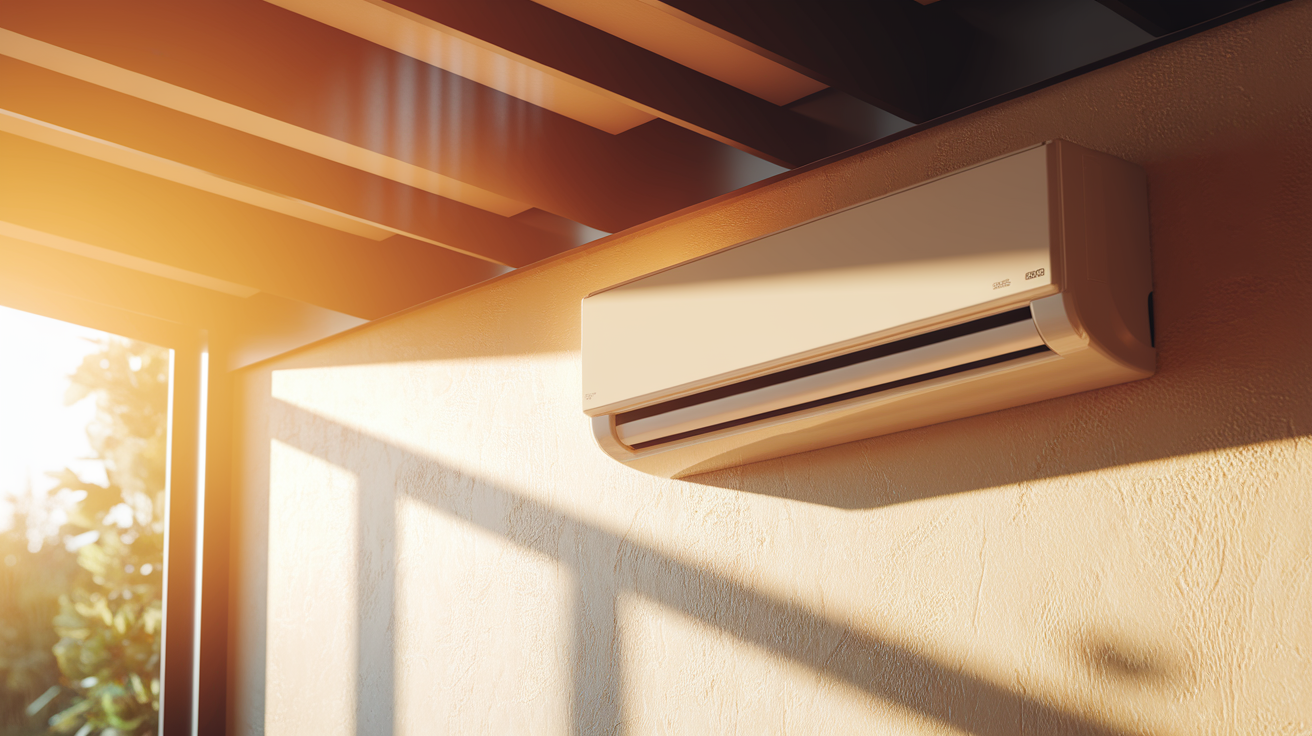
Buying an air conditioner is a big deal. It costs a lot of money and you’ll live with your choice for many years. Not all AC brands are worth your hard-earned cash, though.
Some air conditioner brands look good in ads but break down fast. Others might work OK but cost too much to fix when problems happen.
You will see which AC brands you might want to skip. This guide will tell you why these brands often let people down and what to look for instead.
Find points to look out for to avoid spending money on an air conditioner you’ll later regret buying!
What Makes an AC Brand Worth Avoiding
Nobody wants to get stuck with a lemon when you’re trying to beat the heat!
Your HVAC (Heating, Ventilation, and Air Conditioning) system is a major investment that directly impacts your comfort, energy bills, and home value.
Here are some major warning signs that should make you run faster than you would from a broken AC on a 100°F day.
- Dirt-cheap: Prices that seem too good to be true, because they usually are
- Zero customer reviews: Suspiciously fake ones, real people leave real (messy) feedback
- No warranty: Sketchy return policies, quality brands stand behind their products
- Poor energy efficiency ratings: Your electric bill will hate you later
Since HVAC systems are essential for year-round comfort and represent a significant financial commitment, choosing the right brand is crucial.
Trust your gut when something feels off about a brand – a little research upfront can save you from sweating through a summer of regret.
Key Features of a Reliable, High-Efficiency Air Conditioner
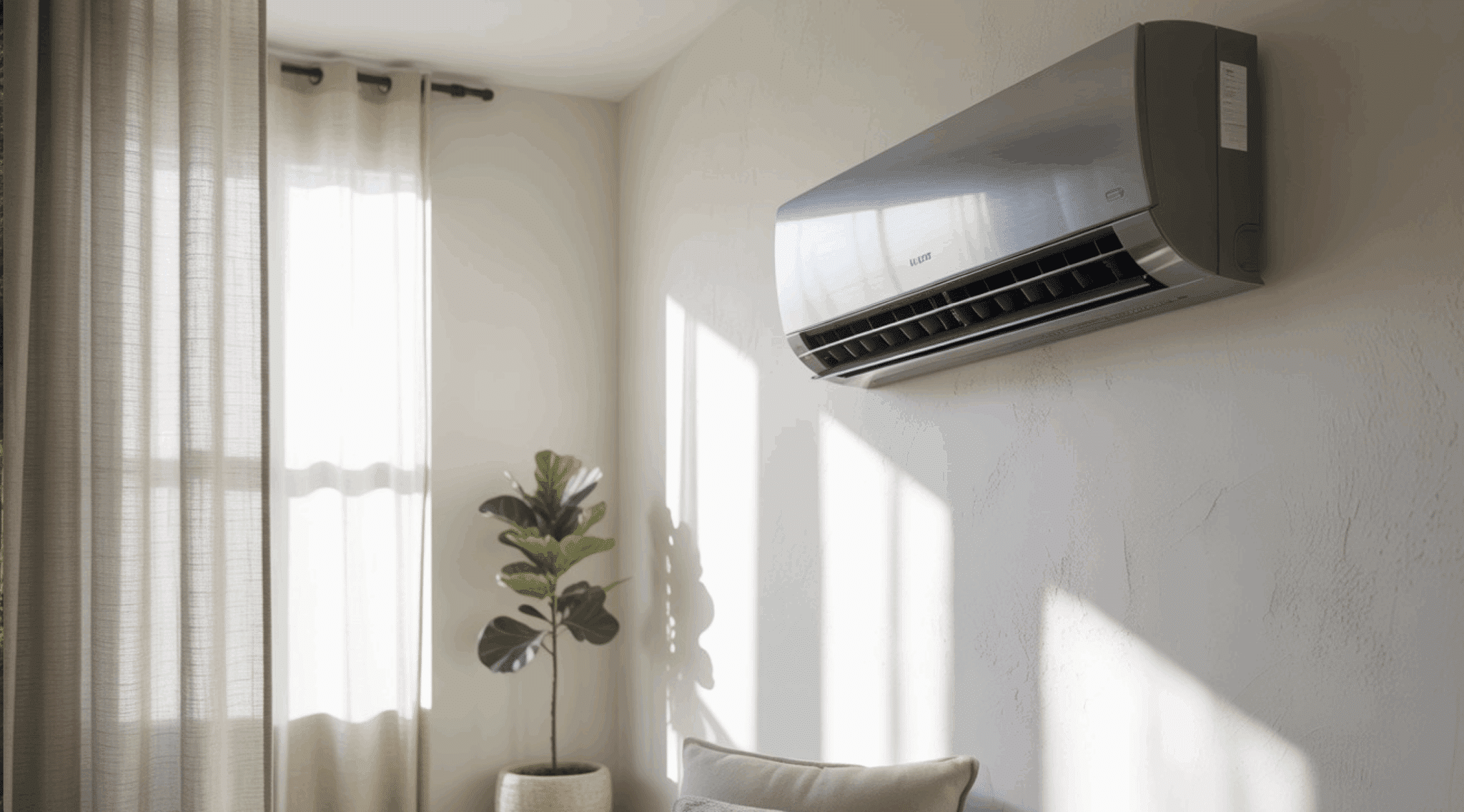
When shopping for an air conditioner, look for these key features that set the best units apart from the rest:
- Energy Efficiency – Good ACs cool your home without making your electric bill sky-high. Look for units with high SEER ratings (16 or above).
- Quiet Operation – Quality air conditioners work without making loud noises that disturb your sleep or talks. The best units run at about 60 decibels or less.
- Even Cooling – Top ACs spread cool air to all parts of a room without hot or cold spots. This means good airflow design, not just strong fans.
- Sturdy Build – Well-made units have thick metal parts, tight seams, and strong fan motors that don’t break easily when used daily.
- Moisture Control – Good ACs don’t just cool—they also pull water from the air. This keeps rooms from feeling sticky on hot, humid days.
- Smart Features – Today’s best units let you control them with your phone, set cooling plans for different times, and work with other smart home tools.
- Repair-Friendly Design – Quality brands make parts easy to find and fix. They don’t force you to trash the whole unit when one small thing breaks.
- Long Warranty – The best AC makers stand behind their work with at least a 5-year warranty on parts and 10 years on the compressor.
Worst Air Conditioner Brands to Avoid
Not all cooling systems are worth your money. These brands often disappoint with early breakdowns, poor cooling, and hard-to-find parts. Here’s a detailed look at air conditioner brands to avoid.
1. Arctic King
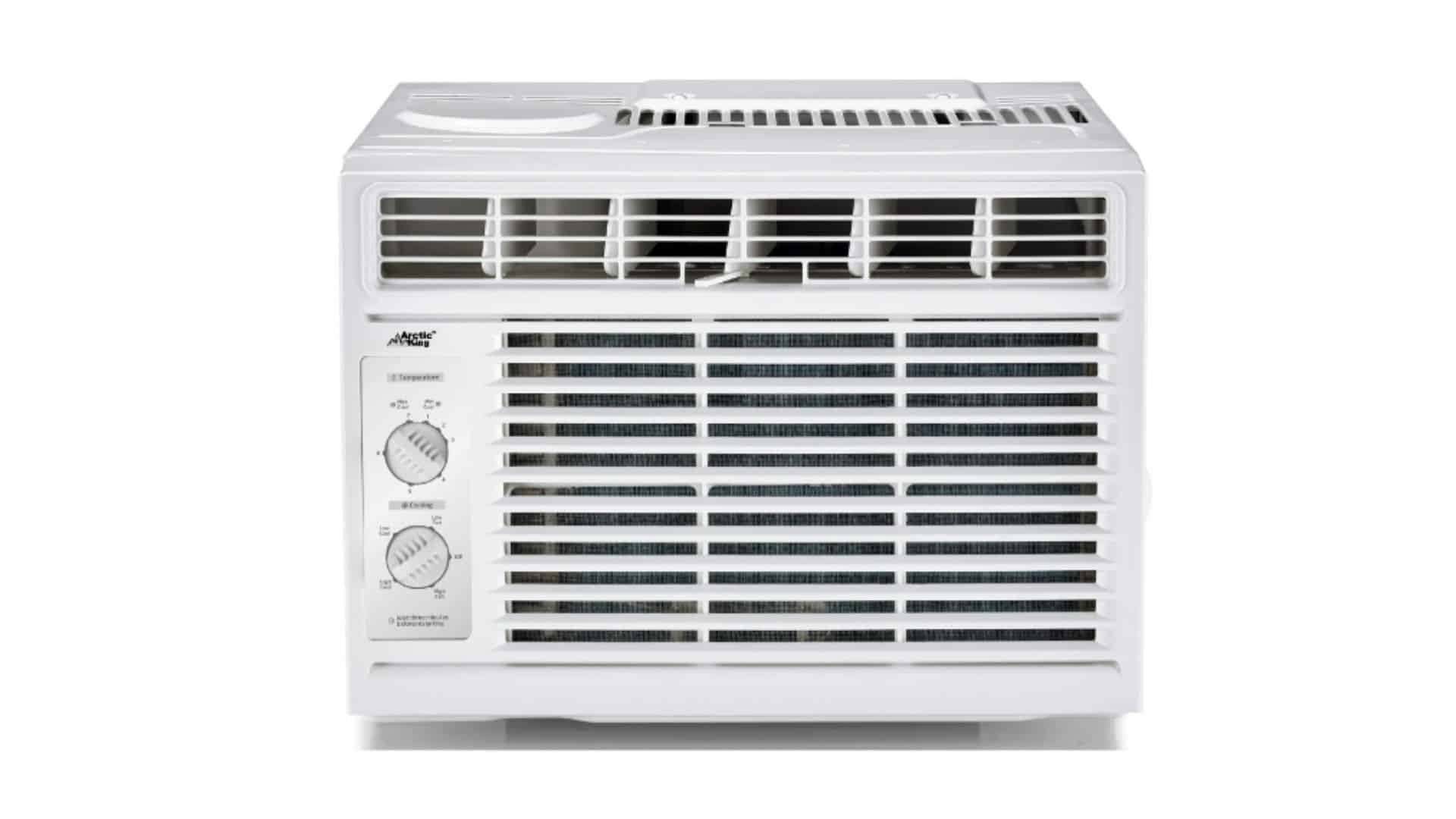
Ultra-budget window air conditioner notable for low retail cost but inconsistent performance. Users report frequent breakdowns and unreliability shortly after purchase.
While many reviews are positive, HVAC pros mark it as a high-risk choice for essential cooling.
Material Used: Standard plastic (cheap build)
Efficiency: 2-3 years
HVAC:
- SEER – 10-12
- HSPF – N/A
- AFUE – N/A
2. Coleman
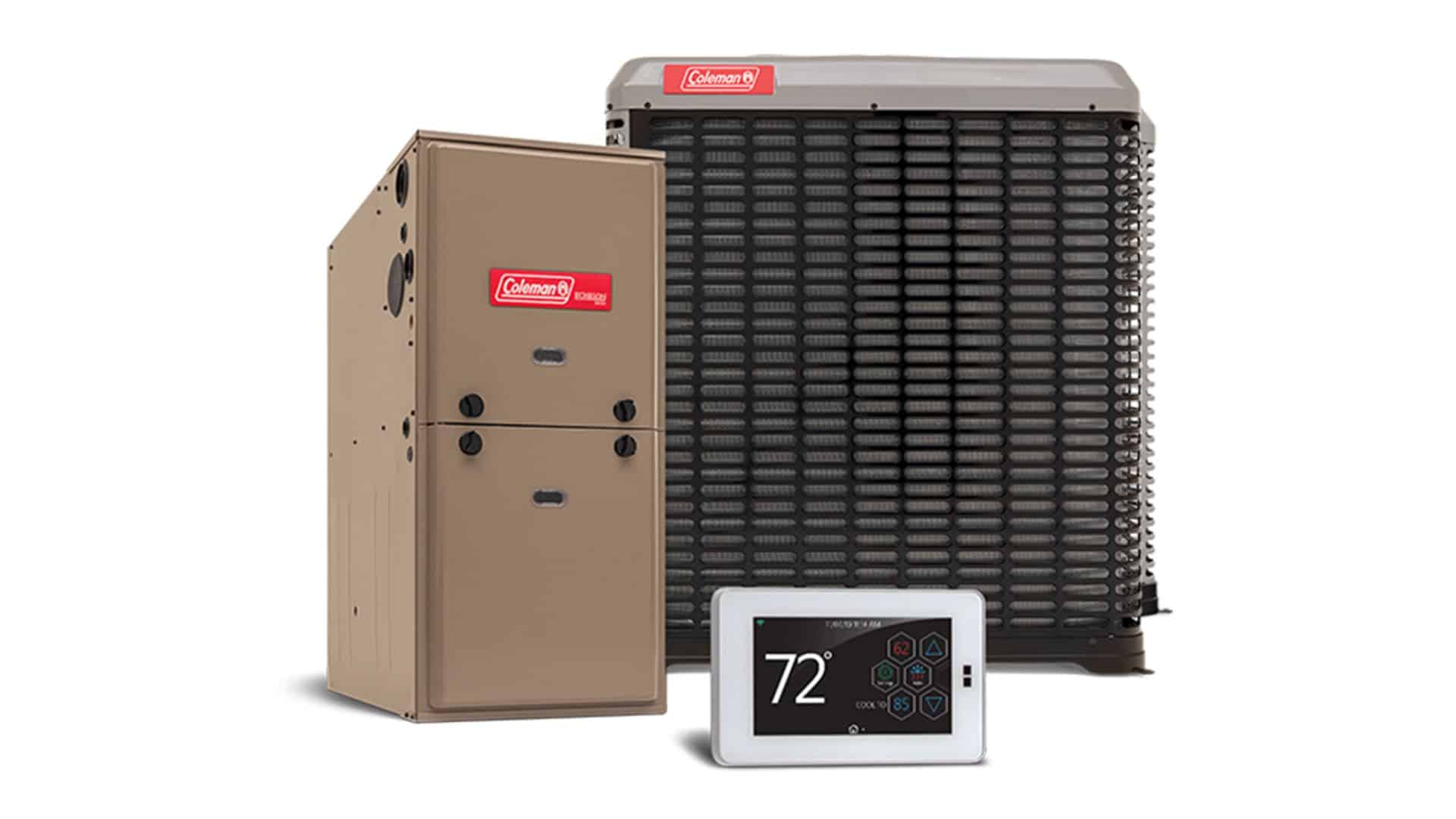
Portable and recreational ACs from Coleman are considered entry‑level. Professionals flag concerns about evaporator coil issues, refrigerant leaks, and low long‑term durability, making them less dependable for regular use.
Material Used: Durable plastic (mid-range quality)
Efficiency: 3-4 years
HVAC:
- SEER: 8–11
- HSPF: N/A
- AFUE: N/A
3. Luxaire
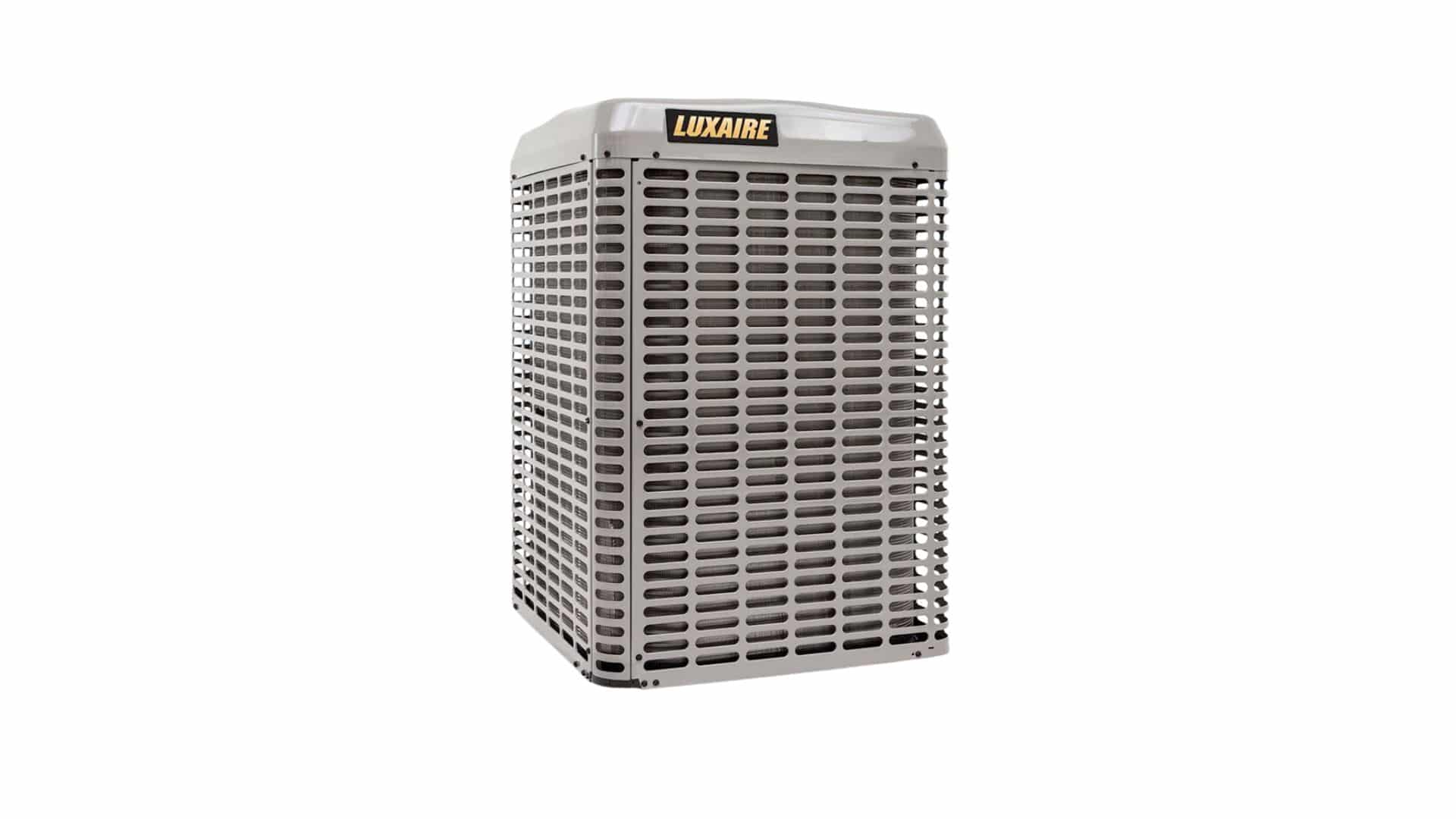
Johnson Controls brand Luxaire offers mid‑tier central HVAC, but commonly suffers from evaporator coil failures and refrigerant leaks. These expensive repairs undermine its otherwise respectable performance and pricing.
Material Used: Steel and aluminum (moderate quality)
Efficiency: 7-8 years
HVAC:
- SEER: 14–16
- HSPF: 8.2–9.0
- AFUE: 80–92%.
4. Concord

Entry‑level central HVAC from Concord shares reliability concerns with sibling brands: coil issues and reduced energy efficiency are often cited by technicians, making long‑term satisfaction hit‑or‑miss.
Material Used: Basic metal (economical grade)
Efficiency: 4-5 years
HVAC:
- SEER: 13–15
- HSPF: 7.7–8.5
- AFUE: 78–85%
5. Honeywell
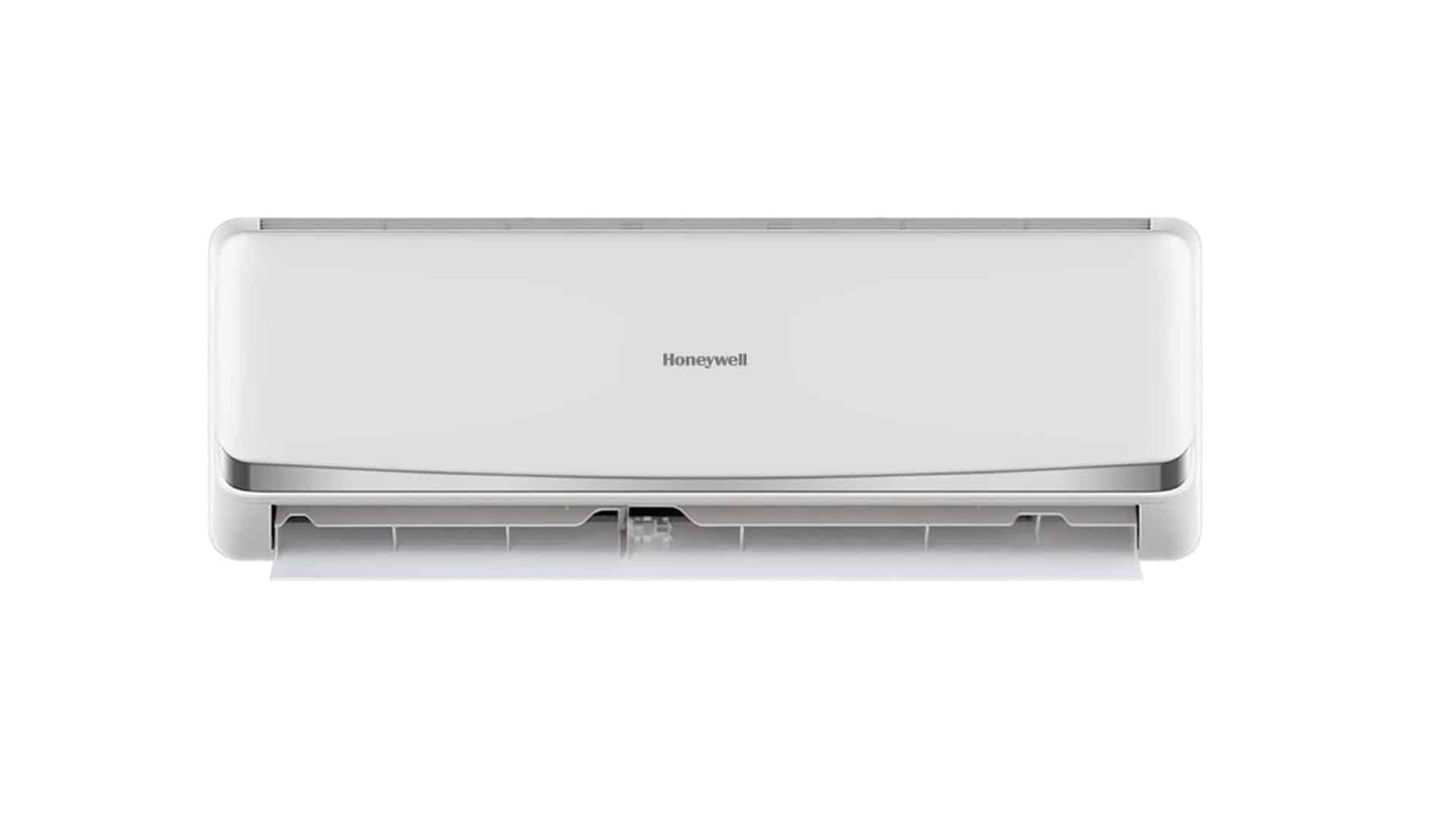
Honeywell portable ACs are reliable but noisy and inefficient. Many models score poorly in cooling effectiveness and ease of use per Consumer Reports and retailer reviews.
Material Used: Plastics and metals (reliable build)
Efficiency: 5-6 years
HVAC:
- SEER: 12–14
- HSPF: 8.0–8.8
- AFUE: N/A
Best Air Conditioner Brands for Efficiency & Reliability
After finding which AC brands to avoid, it helps to know which ones stand out for the right reasons. The models from these companies often cost more upfront but save money over time through better performance and fewer repairs.
Here’s a look at the brands worth considering for your next purchase.
1. Carrier Air Conditioners
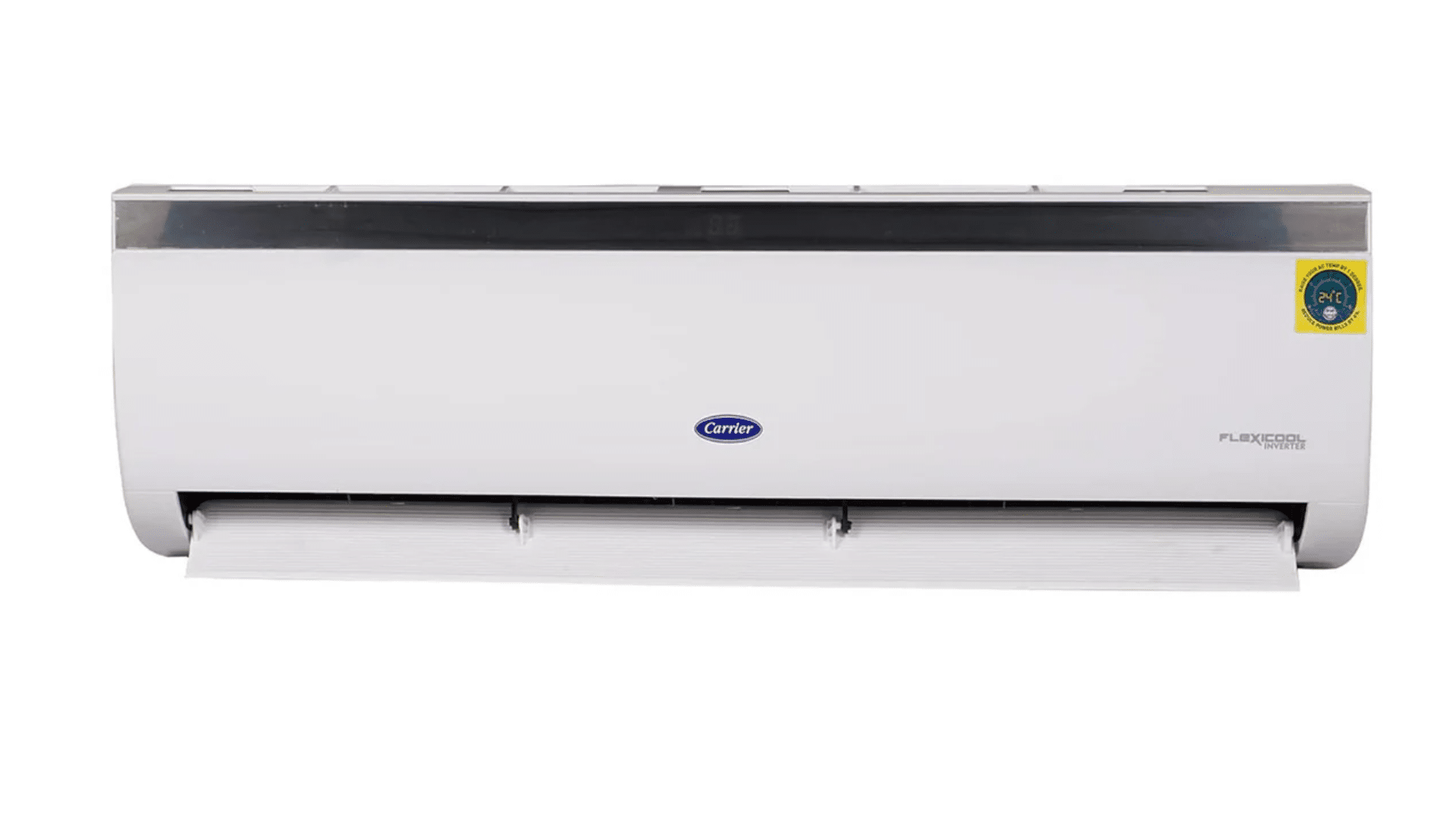
Carrier air conditioners stands as one of the most trusted names in home cooling. These units last a long time – many keep working well after 15 years. Carrier air conditioner cool rooms quickly and keep the temperature steady, even on the hottest days.
They run quietly, so you won’t hear annoying noises while trying to sleep or watch TV. While they cost more upfront, you save money over time with lower power bills and fewer repair calls.
Carrier also backs their products with strong warranties and has repair people in most cities. Their newest models come with smart features that let you control your cooling from your phone.
Material Used: Heavy-duty steel and composite (premium grade)
Service Duration: 15–20 years
HVAC:
- SEER: 15–21
- HSPF: 8.5–10.5
- AFUE: 90–98%
Best Feature: Exceptional dehumidification with smart thermostat integration.
2. Trane Air
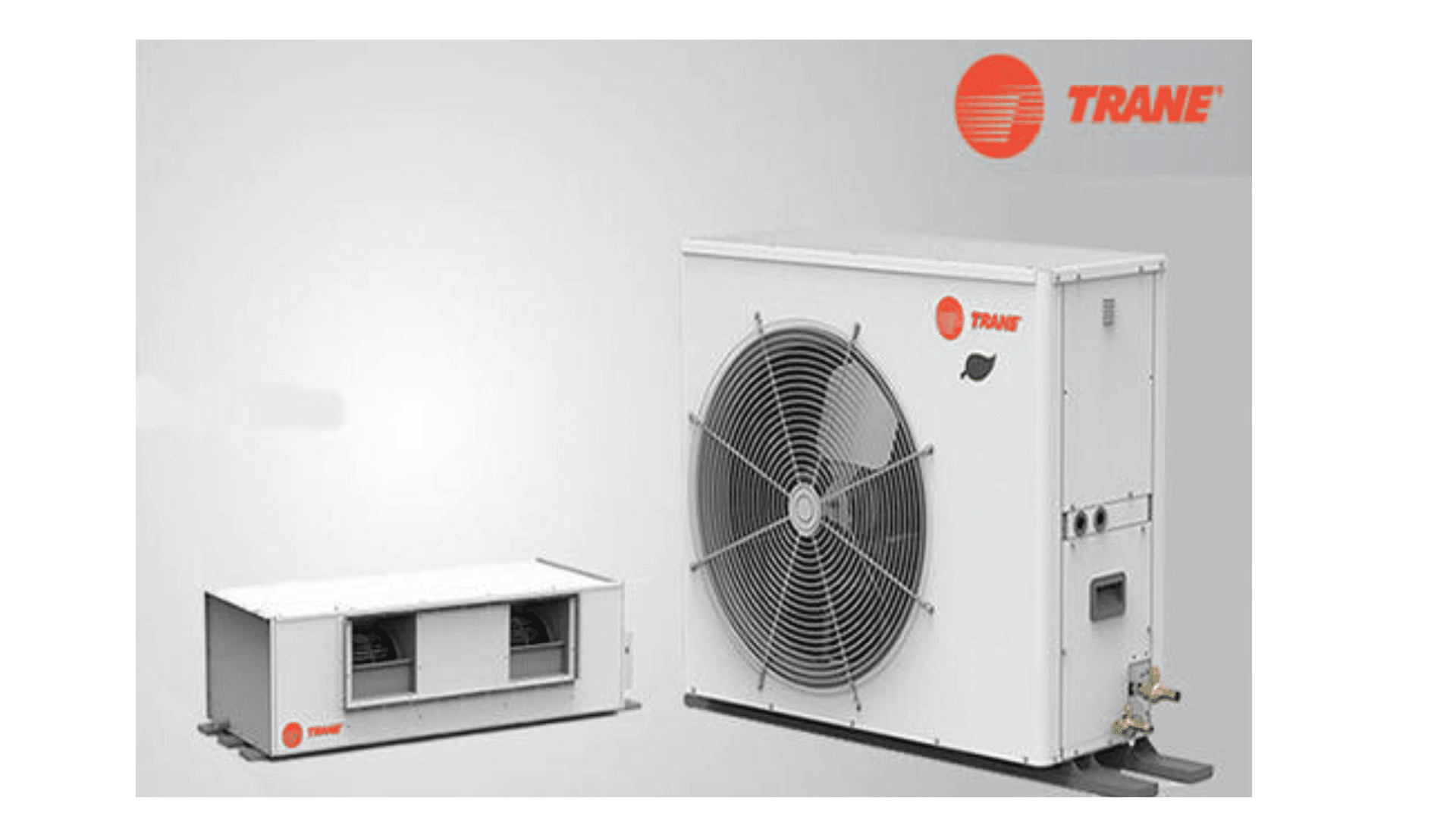
Trane air conditioners brand are built like tanks. The company tests each unit to work in harsh weather and keep running year after year. Their air conditioner use high-grade parts that don’t break easily, and many Trane systems still work well after 20 years.
Repair shops say they get fewer calls about Trane units than most other brands. These air conditioners cool homes evenly and pull extra moisture from the air, making rooms feel less sticky.
While not cheap, Trane units save money over time through lower power use and repair costs. Their 10-year parts warranty shows how much they trust their products.
Material Used: Galvanized steel and aluminum (high-quality build)
Efficiency: 15-20 years
HVAC:
- SEER: 16–22
- HSPF: 9.0–10.0
- AFUE: 90–97%
Best Feature: Built to withstand harsh climates with minimal wear.
3. York
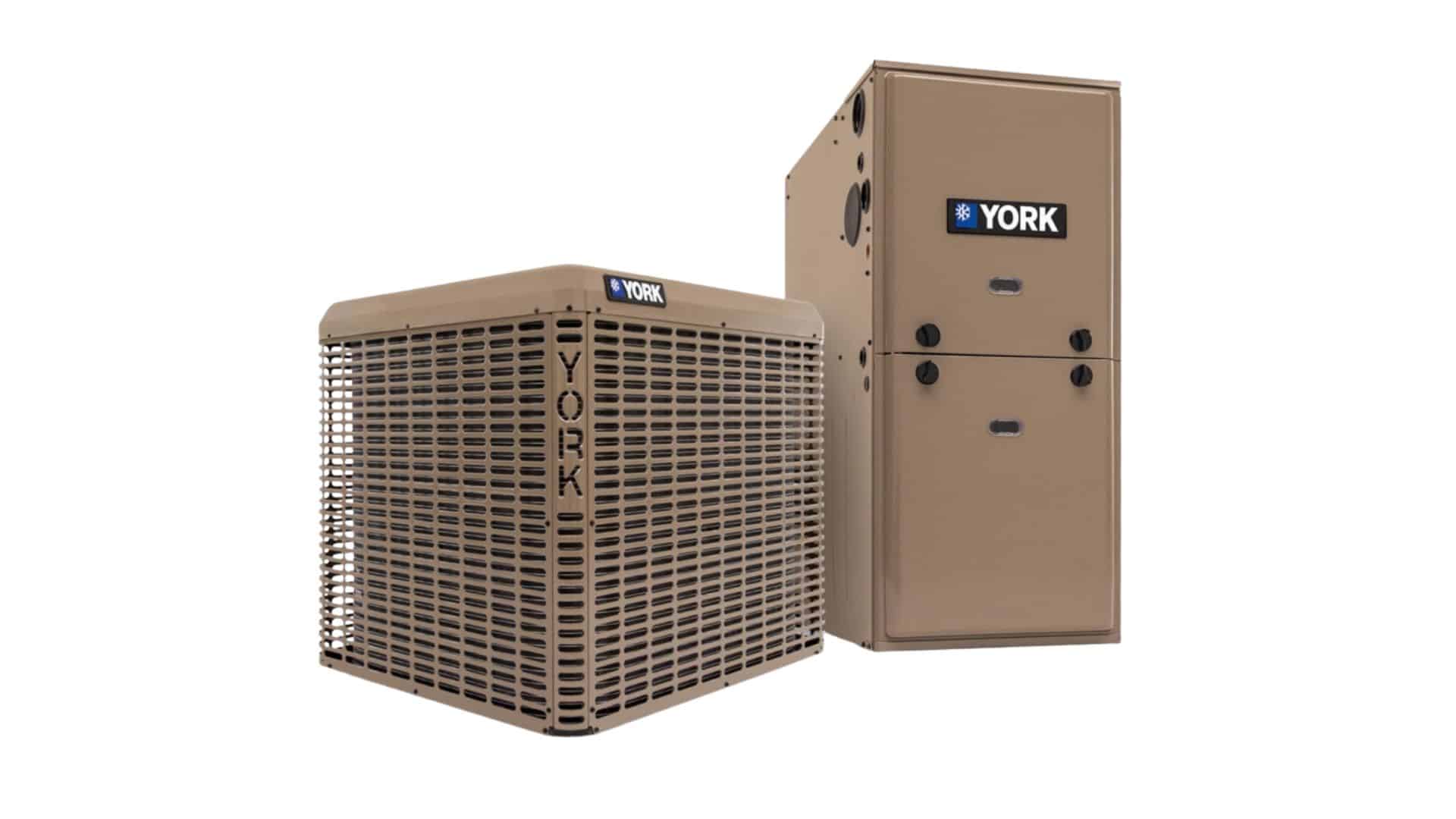
York offers solid cooling without the highest price tag. These units hit the sweet spot between cost and quality, making them good for budget-minded shoppers who still want lasting value. York air conditioner cool homes well and use less power than many cheaper brands.
Their newer models run more quietly than older York units, which had a reputation for being noisy. Many heating and cooling pros like working with York because parts are easy to find and the systems are built in a way that makes repairs simpler.
With good care, York air conditioners often last 12-15 years, giving you a good bang for your buck.
Material Used: Galvanized steel cabinet with powder coating
Service Duration: 8–12 years
HVAC:
- SEER: 14-20
- HSPF: 8.2-10
- AFUE: 80-96%
Best Feature: Affordable replacement parts and widespread service network availability.
4. Lennox
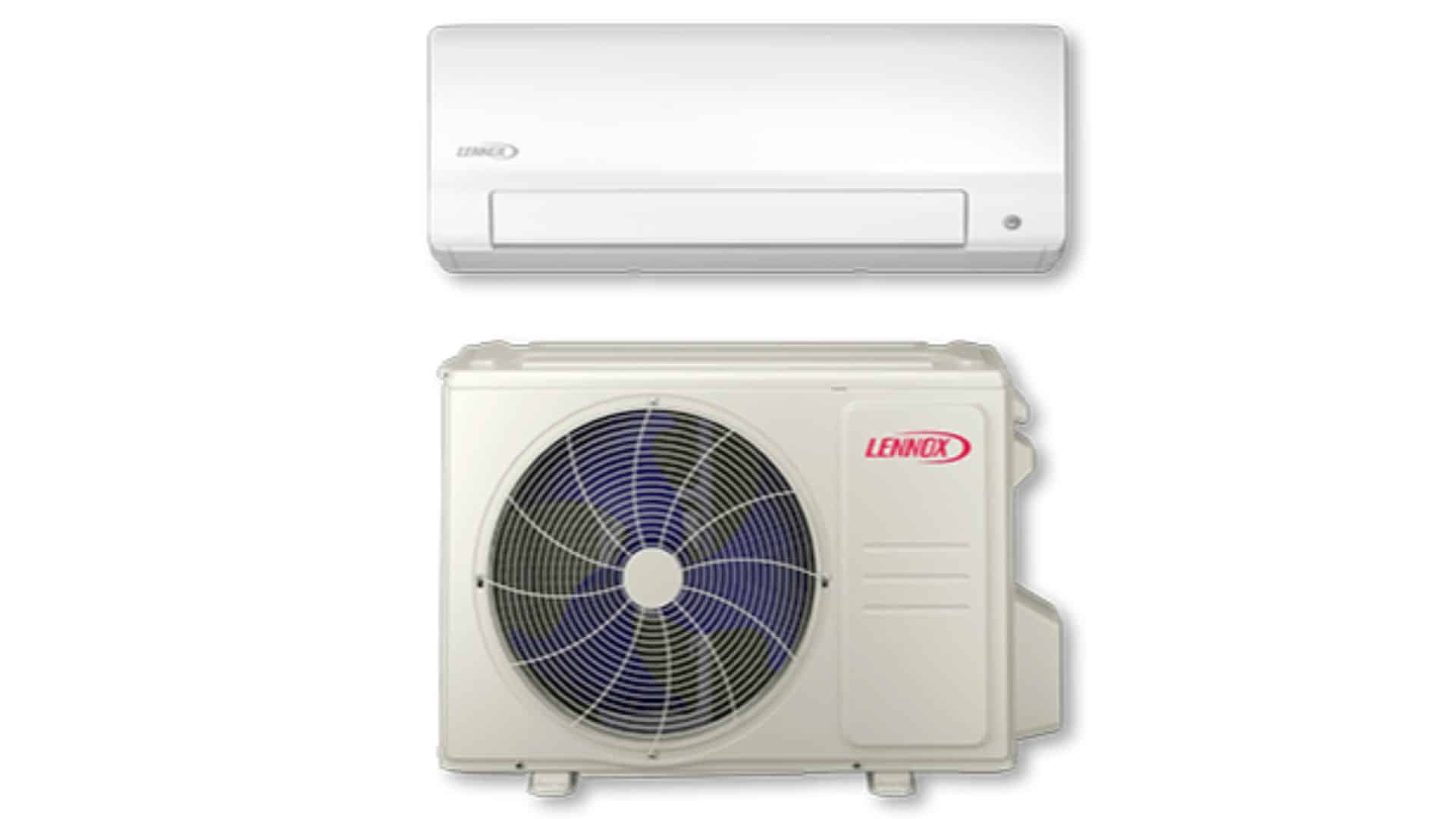
Mitsubishi HVAC makes some of the most power-saving air conditioner brands you can buy. Their top models use up to 40% less electricity than older or cheaper units, which helps the planet and your wallet.
While Mitsubishi units cost more at first and parts can be pricey, the energy savings and comfort make them worth looking at if your budget allows. The initial cost might be high, but Lennox systems offer excellent long-term value with their energy-efficient designs.
Material Used: High-grade aluminum and engineered plastics
Service Duration: 15-20 years
HVAC:
- SEER: 18–30+
- HSPF: 10–13
- AFUE: N/A (heat pump systems)
Best Feature: Hyper-Heating inverter technology that maintains efficiency down to -13°F.
5. Bryant
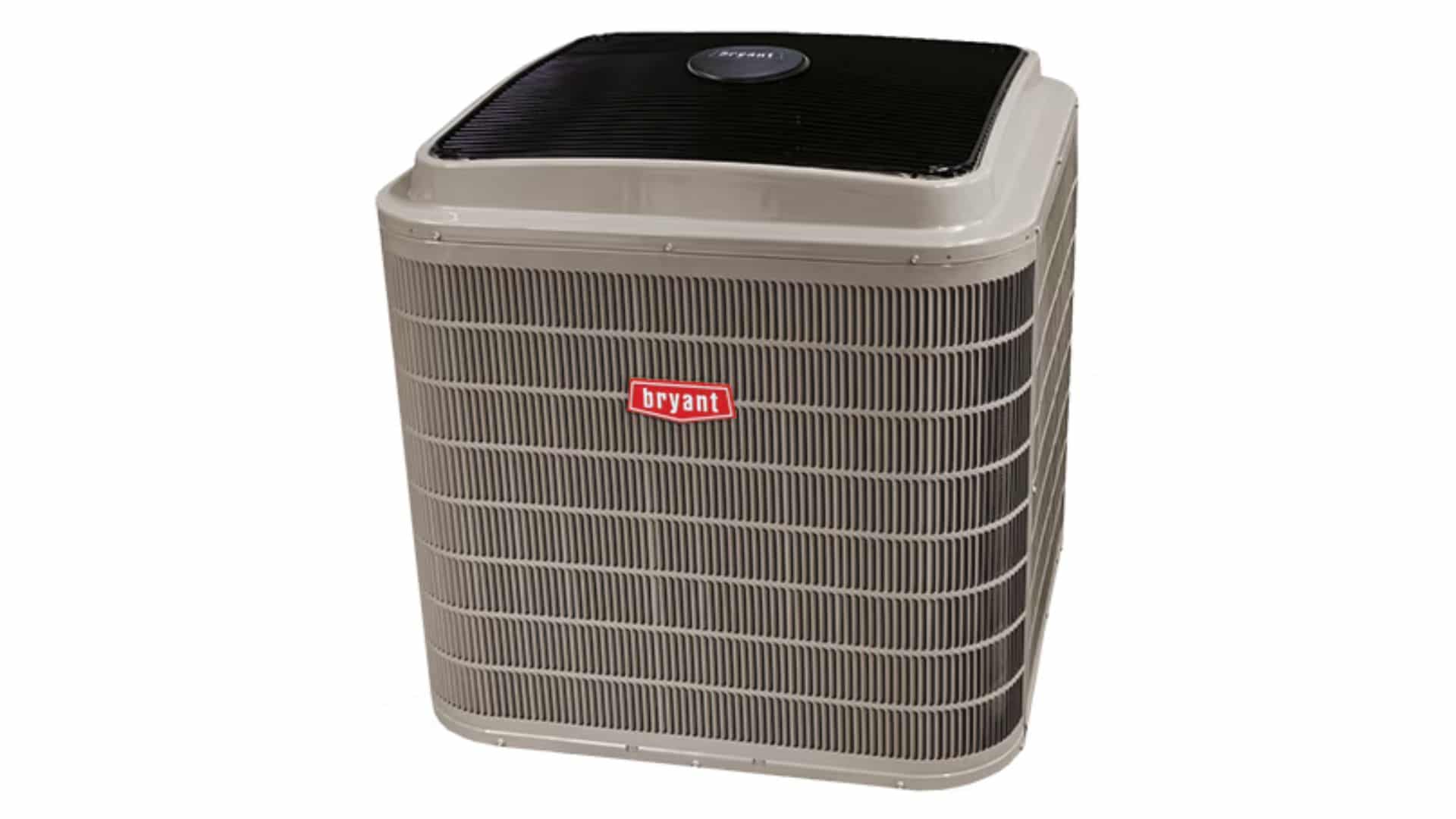
Goodman HVAC offers reliable HVAC units at an affordable price, making it a solid choice for budget-focused homeowners. It’s easy to install and service, with replacement parts readily available.
While it doesn’t offer many luxury features, its performance is dependable, and the extended warranties add peace of mind without breaking the bank.
Material Used: Steel and durable aluminum (mid-to-high quality)
Efficiency: 12–15 years
HVAC:
- SEER: 14–18
- HSPF: 8.0–9.5
- AFUE: 80–96%
Best Feature: Best-in-class warranties in its price range and free installation.
Some Other Best Air Conditioner Brands & American Standard Options
These top-rated HVAC brands are known for their strong performance, energy savings, and customer trust.
Fujitsu HVAC
- Renowned for ultra-quiet performance and top-tier energy efficiency, especially in ductless systems.
- Popular for its long-lasting reliability and advanced inverter technology.
Daikin HVAC
- Offers excellent cooling performance with industry-leading efficiency ratings and smart home integration.
- Known for innovative tech and being one of the largest HVAC manufacturers globally.
American Standard
- Trusted for durable builds, consistent comfort, and low breakdown rates across various climates.
- Popular for its high reliability and excellent long-term value in residential HVAC.
Rheem Air
- Delivers solid performance with affordable pricing and energy-efficient models.
- Known for its balanced mix of reliability, user-friendly design, and nationwide service network.
Understanding Your Air Conditioner Brand BTU Requirements
When selecting any conditioner brand, getting the right BTU (British Thermal Unit) rating is key to efficient cooling. A unit that’s too small won’t cool properly, while one that’s too large wastes energy and creates uncomfortable humidity levels.
Room sizes typically need these BTU ratings: 150-250 square feet need 5,000-6,000 BTUs, 250-350 square feet need 7,000-8,000 BTUs, and 350-450 square feet need 9,000-10,000 BTUs. Add extra BTUs for sunny rooms, kitchens, or spaces with high ceilings.
Professional HVAC services can help calculate exact needs based on your home’s layout, insulation, and local climate. This ensures your equipment runs efficiently without overworking.
HVAC Maintenance Tips for Peak AC Performance
Keep your air conditioner running well with these simple care steps. Even the best brands last longer when you take good care of them.
- Clean or replace filters every 1-3 months. Dirty filters block airflow and make your AC work harder. This wastes power and can break parts faster. Check filters monthly during heavy use seasons like summer.
- Clear leaves, sticks, and dirt from the outside unit. The outdoor part of your AC needs to breathe. Keep at least 2 feet of clear space around it. Cut back plants that grow too close. After storms, check for sticks or trash that might have blown against the unit.
- Wash the outside coils once a year. Turn off the power first, then gently spray the outside unit with a hose to remove dirt that blocks cooling. Never use high pressure that could bend the fins. If the fins are bent, you can buy a “fin comb” to straighten them.
- Check and clean the drain line. A clogged drain can cause water damage and make rooms feel sticky. Pour a cup of bleach mixed with water down the drain once a year. Look for the PVC pipe near your indoor unit. If you notice water around your indoor unit, the drain may be clogged and need immediate cleaning.
- Schedule professional maintenance yearly. Have a trained tech inspect your system each spring before hot weather hits. They’ll check refrigerant levels, test electrical parts, oil motors, and spot wear before it causes breakdowns. Many companies offer maintenance plans that include priority service during busy times.
Conclusion
Picking the right air conditioner matters for your comfort and wallet. Brands like Arctic King, Coleman, Luxaire, Concord, and Honeywell often fall short in quality and durability. They might cost less at first but cause headaches later.
Instead, look at trusted brands like Carrier, Trane, York, Lennox, and Bryant. These companies make ACs that last longer, cool better, and need fewer repairs. They may cost more when you buy them, but save money over time.
Remember to take care of any AC you choose with regular filter changes, keeping the outside unit clean, washing coils, checking drain lines, and getting yearly check-ups. Good care makes even the best units last longer.

